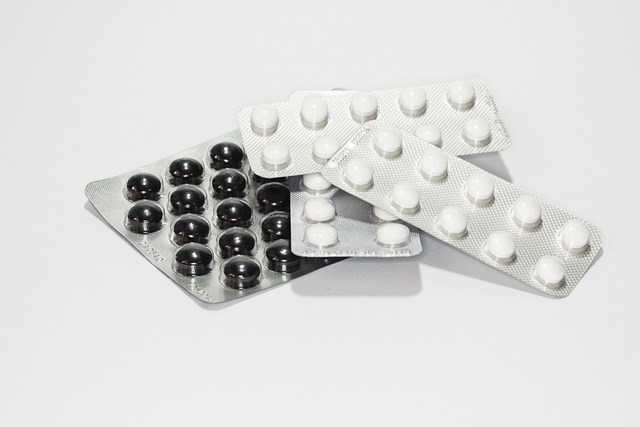
Ceftriaxone is a broad-spectrum cephalosporin antibiotic widely used to treat various bacterial infections. It is particularly effective against infections caused by gram-negative bacteria, making it a preferred choice in many clinical settings. Understanding how to use ceftriaxone, its dosage guidelines, and potential side effects is essential for both healthcare professionals and patients.
How to Use Ceftriaxone
Ceftriaxone is usually administered via injection, either intramuscularly or intravenously, depending on the severity of the infection and the patient’s condition. It’s essential to follow the healthcare provider’s instructions on how to use this medication properly. Healthcare professionals must ensure they are familiar with the correct preparation and administration techniques to avoid complications.
Before starting treatment, it’s crucial to inform your doctor of any allergies, especially to penicillin or other cephalosporins, as this might affect your suitability for ceftriaxone. Patients should also disclose their entire medical history, including current medications, to prevent interactions that could lead to adverse effects.
Dosage Guide
The dosage of ceftriaxone can vary significantly based on the type of infection being treated and the patient’s age, weight, and overall health. For adults, the typical dose ranges from 1 to 2 grams, administered once daily or divided into two doses. In cases of severe infections, the dose may be increased, but this should always be determined by a healthcare professional.
For pediatric patients, the dosage is calculated based on body weight, generally around 50 to 75 mg per kilogram of body weight, administered once daily. It’s important to remember that the maximum dose for children should not exceed 2 grams per day.
Regardless of the dosage, treatment duration often lasts from 4 to 14 days, depending on the infection’s severity and response to treatment. Always adhere to your doctor’s recommendations and never self-adjust the dosage without consulting them.
Potential Side Effects
Like any medication, ceftriaxone can cause side effects, some of which may require medical attention. Common side effects include:
- Nausea and vomiting
- Diarrhea
- Rash
- Abdominal pain
- Headache
More severe side effects, though rare, can occur and should prompt immediate medical attention. These include:
- Allergic reactions (hives, difficulty breathing, swelling of the face or throat)
- Severe diarrhea that may indicate a colitis infection
- Jaundice (yellowing of the skin or eyes)
- Severe skin reactions
Patients should be vigilant and report any unusual symptoms to their healthcare provider promptly. It’s also important to keep all follow-up appointments to monitor the effectiveness of the treatment and make necessary adjustments.
Additional Information
For a deeper understanding of ceftriaxone and its uses, you might find this video helpful:
Always consult your healthcare provider before starting any new medication, and ensure you discuss any concerns regarding ceftriaxone or its side effects. Empowering yourself with knowledge about your treatment options can significantly enhance your healthcare experience.
Further Reading
For those interested in exploring more about ceftriaxone, consider checking these resources: